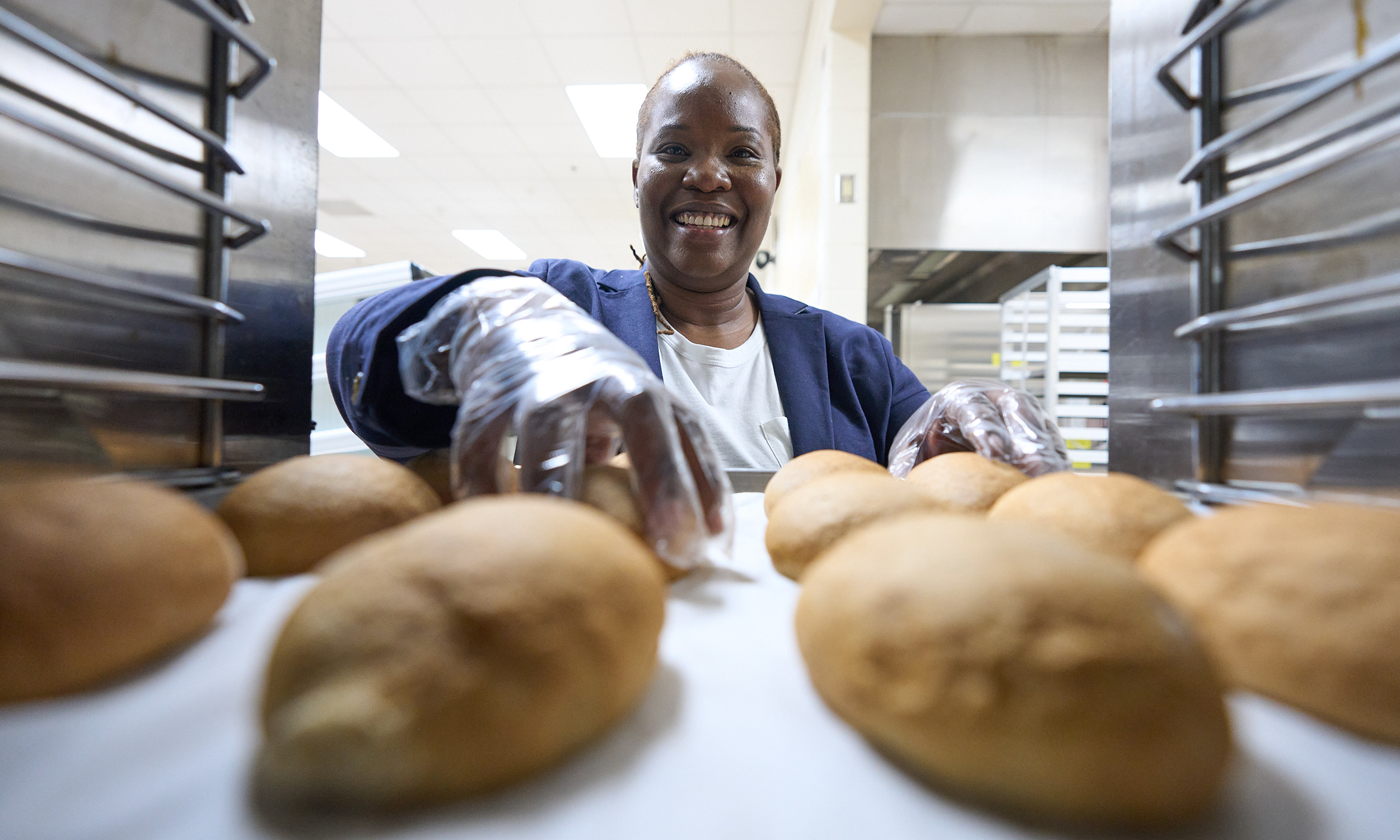For many children across South Carolina, school is their safe haven – a place for them to learn, play, and grow. School meals are a crucial part of this experience – allowing students to have the nutrition and energy they need to greet the day ready to succeed. However, because of stigma, affordability, and other barriers, school meals don’t reach every child who needs them. One strategy to offset some of these barriers and increase access to school meals is through the Community Eligibility Provision (CEP).
What Is CEP?
The Community Eligibility Provision (CEP) is a federal reimbursement for schools participating in the National School Lunch Program and School Breakfast Program that enables them to provide no-cost meals to all students. CEP eliminates the need to gather household income information or claim meal reimbursements according to student eligibility status (eg. free, reduced-price). Instead, participating schools receive per-meal funding based on a formula that uses data from other public benefit programs. (Note: Schools participating in CEP might collect Alternative Income Forms, which help collect student information for programs and funding sources.)
Why Does CEP Matter?
CEP benefits students AND schools. When a child’s nutritional needs are met, the child is more attentive in class, has better attendance, and has fewer disciplinary problems. For families grappling with tight budgets, CEP offers reassurance that their children receive two nutritious meals daily at school. CEP promotes equity by eliminating the out-of-pocket costs for families and by reducing the stigma of school meals programs.
For schools, CEP reduces administrative burdens by eliminating school meals applications, counting and claiming by fee category, and unpaid meal charges. School nutrition staff are able to streamline meal service, making it easier to implement innovative service models like meals in the classroom. These benefits taken together often result in revenue generation for school nutrition budgets.
Key Dates For CEP
| Date | What’s Happening? |
| April 1, 2024 | Counts of identified and enrolled students as of April 1 are used for CEP eligibility determinations. |
| April 15, 2024 | State agencies must provide district-wide CEP eligibility to local education agencies (LEAs).
LEAs must provide school-level eligibility data to state agencies. |
| May 1, 2024 | State agencies must post CEP eligibility lists online.
State agencies must send the link to CEP eligibility lists to USDA Food and Nutrition Service (FNS). |
| June 30, 2024 | LEAs must notify state agencies of intent to participate in CEP. |
How Can I Learn More?
Are you curious about whether your school participates in CEP? You can check through FRAC’s CEP Database. This resource can also help you determine whether your school is eligible to participate in CEP.
If you’re interested in exploring CEP for your school or district, No Kid Hungry has resources available. Our CEP Calculator allows school nutrition staff to better understand how CEP would impact your revenue (versus traditional NSLP). Our CEP Communications Toolkit and Strategies for Finding Success with CEP resource will help you make a smooth transition to CEP. Need more assistance? Check out the No Kid Hungry Center for Best Practices website or reach out to us at mspady@strength.org.



